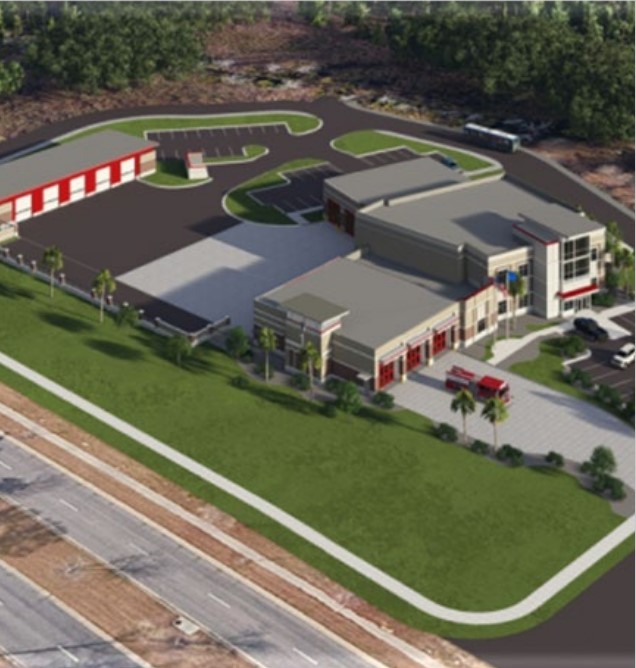Burning Budget: Myrtle Beach's $26M Gamble to Upgrade Fire Protection

Myrtle Beach City Council is set to deliberate on a significant financial commitment this week, potentially approving a substantial $26 million bond to fund the construction of a state-of-the-art central fire station. The proposed project represents a critical investment in the city's emergency response infrastructure, aiming to enhance public safety and modernize local firefighting capabilities.
City officials argue that the new fire station will not only provide a cutting-edge facility for first responders but also improve emergency response times and overall community protection. The proposed bond would cover comprehensive construction costs, ensuring that Myrtle Beach can maintain and upgrade its critical public safety resources.
The project has been carefully planned and is now approaching a pivotal decision point, with council members expected to weigh the long-term benefits against the financial implications of taking on such substantial debt. Residents and stakeholders are closely watching the upcoming discussions, recognizing the potential impact on the city's future emergency services.
As the city continues to grow and evolve, this proposed fire station represents a forward-thinking approach to municipal infrastructure and public safety investment.
